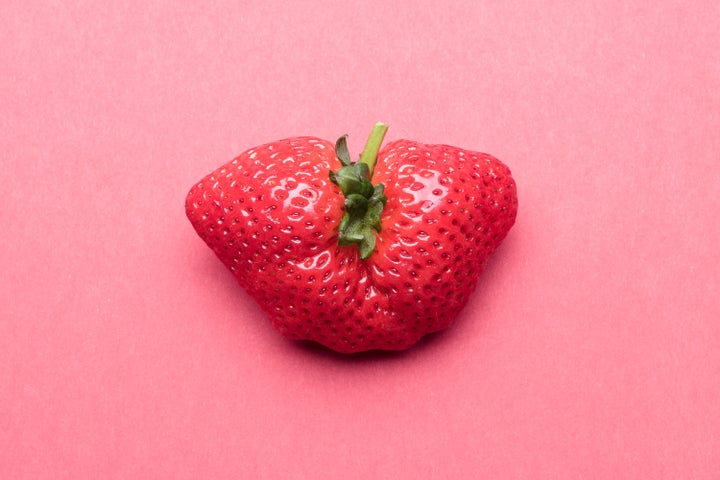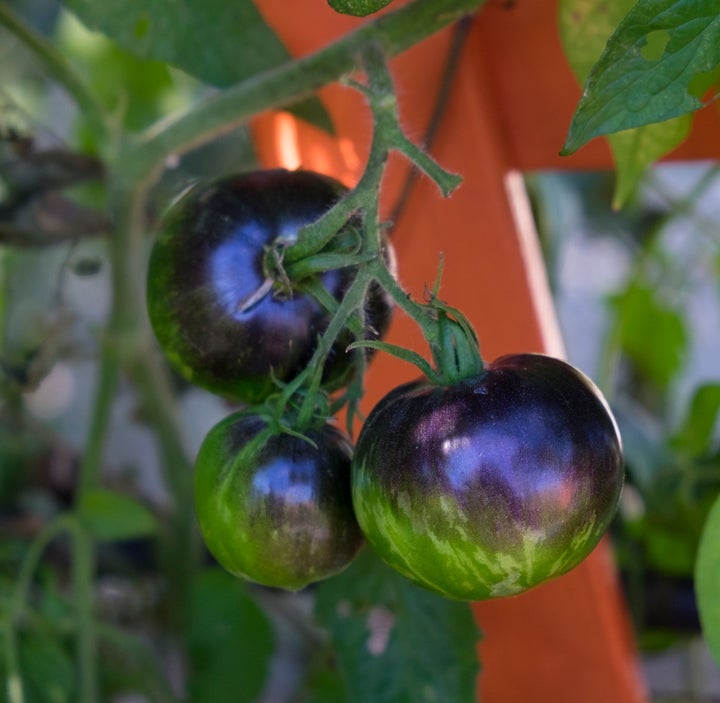The farmers market is a magical place filled with fresh, local food that you can feel good about buying year-round.
There are exceptions, however.
In speaking with experts, we discovered there are some items that should give you pause at your local food-slinging hangout. But with a few tips, you’ll be the farmers market savant you always wanted to be.
Raw Milk
When it comes to picking out food at the farmers market, it’s best to skip the tent espousing the merits of raw milk. Unless, of course, you consider yourself a culinary daredevil.
“From a food safety point of view, one thing you should never buy at a farmers market is raw milk,” says Melissa Morris, who has a master’s in exercise science and serves as a fitness, food and healthy living expert for InsuranceProviders.com. “Raw milk has not been pasteurized and has a lot of bacteria that could cause foodborne illness, like E. coli, salmonella, listeria and campylobacter. Any of these can cause diarrhea, cramping or abdominal pain.”
And the symptoms can be even worse for the more fragile among us. “Certain groups, like infants, young children, older adults or those with compromised immune systems, could be seriously affected, which could mean hospitalization or even death,” Morris, who’s also a certified nutritionist with the International Society of Sports Nutrition, tells HuffPost.
Lisa Richards is a nutritionist and author at The Candida Diet. She echoes Morris’ concerns and notes the dangers specifically of raw milk and cheese at local markets.
“These unpasteurized dairy options are becoming more popular among those who prefer to buy local and organic,” she says. “The danger with purchasing these items is their high susceptibility for pathogens like salmonella and listeria.”
Carrots, Onions And Shallots
The farmers market is the perfect place to stock up on items for the week. However, as Amanda Frederickson, author of “Simple Beautiful Food,” explains, some produce is best purchased at the store.
“So many recipes start with onions or shallots as the base and it’s easy to go through them quickly,” Frederickson says. “Because of that, I prefer to buy them in bulk at the grocery store, where they are cheaper.
The same is true for carrots. Also, grocery stores generally stock a more versatile variety.
“Not only are carrots generally more economical at a store, but the [store has the] best kind for cooking ― the large, thick ones that I learned from working in commercial kitchens to call ‘horse carrots,’” she says.
Generally, the farmers market will have thinner carrots that are great for roasting, “but less useful for everyday cooking.”
Root Vegetables Without Their Tops
“Carrots, radishes, beets, etc., are all more nutrient-dense when they are sold with their greens still attached,” says Lindsey Becker, founder of Farm Cut.
Once those are lopped off, the vegetables quickly lose their nutrients. So if you see a bunch of turnips with their greens still on, scoop them up and sauté the greens on the side. But if the tops are off, you’re not getting many more nutrients than you’d find at the grocery store.
Perfect Produce
It’s almost second nature to enter any grocery store or market and pick through the produce as if you are seeking out the holy grail. Stop torturing yourself over the perfect peach or unblemished tomato.
Chef Rick Doherr of Imagine One Hospitality oversees the culinary programs at both Cafe Rule and Highland Avenue in North Carolina.
He has some simple advice in this regard: “Don’t buy only the best-looking produce; some of the ‘ugly’ looking produce might actually have a reduced price and same wonderful flavor.”

And when you pass on blemishes, you’re giving up what may very well be a delicious experience.
“Anyone that has grown their own produce knows that often the lemons with one green end, the peaches with a brown spot and tomatoes that grew in a weird shape can be some of the most delicious,” says Sharyn Harding, corporate pastry chef at Heirloom Hospitality and the budding restaurant Sauce in Detroit.
Out-Of-Season Produce
Here is where a little homework goes a long way. Hop on the ol’ internet machine and do some seasonal sleuthing.
“We tend to think that farmers in the farmers market offer fresh seasonal produce. More often than not, they are in fact offering in-season, fresh produce,” says registered dietitian Amanda A. Kostro Miller, who is part of the advisory board for Smart Healthy Living.
But that’s not always the case, as some farmers keep their apples in cold storage for the winter, for example, and sell them nearly a year later. You’re only helping yourself by doing a little reconnaissance to discover what is in season and therefore most worth your time and dime.
“Do your research as to what produce is in season each month,” Kostro Millercontinues. “If they are offering produce that peaked a few months before, it may not be the freshest thing at the market.”
Dark Tomatoes
As with anything, most advice will boil down to preference. If food that leans toward bitter isn’t your thing, Laura Seabolt, farmer and owner/writer at youshouldgrow.com, has some advice.

She shies away from the very dark tomatoes, such as the Indigo Rose variety.
“Their dark indigo skin is super concentrated with anthocyanin,” she explains. “Anthocyanin has antioxidant properties, but its nutrient value may be overrated. Plus, it tastes very bitter. This is the same compound found in eggplant skin where it also imparts a bitterness.”
Tomatoes that are dark purple are often going to be more bitter than their lighter counterparts, so be warned.
Certain Big Veggies
Size matters when it comes to many of the items along the hallowed aisles of the farmers market. Often, size just means the fruit or vegetable is filled with water, not flavor.
“When you’re shopping for summer squash and zucchini, bigger is not better,” Seabolt adds. “Especially as the weather gets hotter, you want to go for the smaller ones, which will be more tender and sweeter.”
Eggplant is one type of produce that might be better the smaller you find it, but this is based on variety, so do some research or simply ask your friendly local farmer.
Sweltering Seafood And Meat
While the men and women who bring their products to market work tirelessly to yield delicious, fresh fare, the food isn’t nearly as regulated as it is at the grocery store.
Becker cautions, “When I look at the fresh seafood sitting on melted ice in the rays of the hot summer sun, I definitely question if it’s safe to eat.”
For her, there’s one way to be safe: “I tend to go for animal proteins that are completely frozen upon purchase, so I know they were never in the temperature danger zones.”
A little digging goes a long way in this case. Richards encourages shoppers to find out if eggs, meat and other like products are properly chilled.
“Otherwise, there is no way to know if they have been held outside of refrigeration where dangerous pathogens can grow,” she warns.
This doesn’t mean you should always refrain from buying animal protein at a market.
Doherr has similar reservations but makes some exceptions: “There are typically more beef and pork vendors at our market. In more than one occasion, I have purchased from a farmer I know and consider a reliable source. Again, get to know your farmers.”
Additional Tips
“Whenever I go to the farmers market I never go straight into buying,” Doherr says. “I walk down and talk to the vendors, see what everyone has, which gives me a better idea of what vendor has the better quality and priced items.”
Proper Hospitality executive chef Kaleo Adams has an idea: Purchase what the local chefs buy.
“Not all chefs or buyers will be that easy to spot, but they are usually towing a cart or two with some helpers,” Adams says.
If you’re able to make those kinds of connections, you begin to see a pattern take shape. Some stands are popular with the experts while others frequently get passed by.
In the end, the most important thing to remember is a trip to the farmers market isn’t like running into the grocery store. It requires much more contemplation, so when all else fails, take your time.
